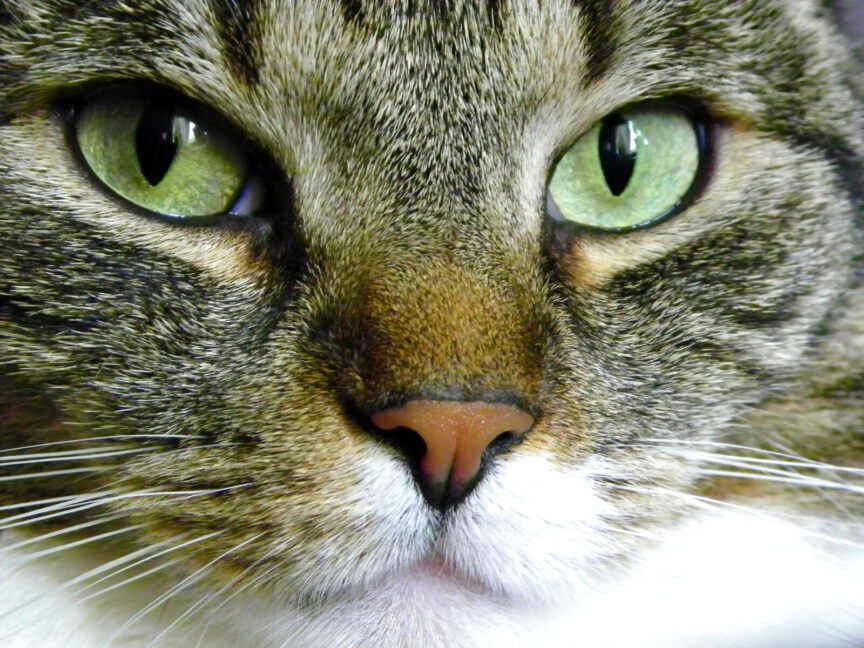By Arden Moore
Pro Pet Hero Instructor Director and Master Pet First Aid/CPR Instructor
Cat Emotions
Cats are candid about what they want and when they want it. They don’t lie or deceive. And, they certainly don’t apologize like some dogs might.
Cats ooze with catitude, so deciphering their core emotions can help you bond better with them and handle them if they are injured or sick. But equally important is to consider the entire picture by looking for clues in the environment that may help put any of these feline clues into context.
Here is a rundown of the eight primary feline emotions directed at people:
* Affection
* Aggression
* Anxiety
* Boredom
* Curiosity
* Obsessive-Compulsion
* Playfulness
* Predatory
Now, let’s take a closer look at each feline mood and how to respond:
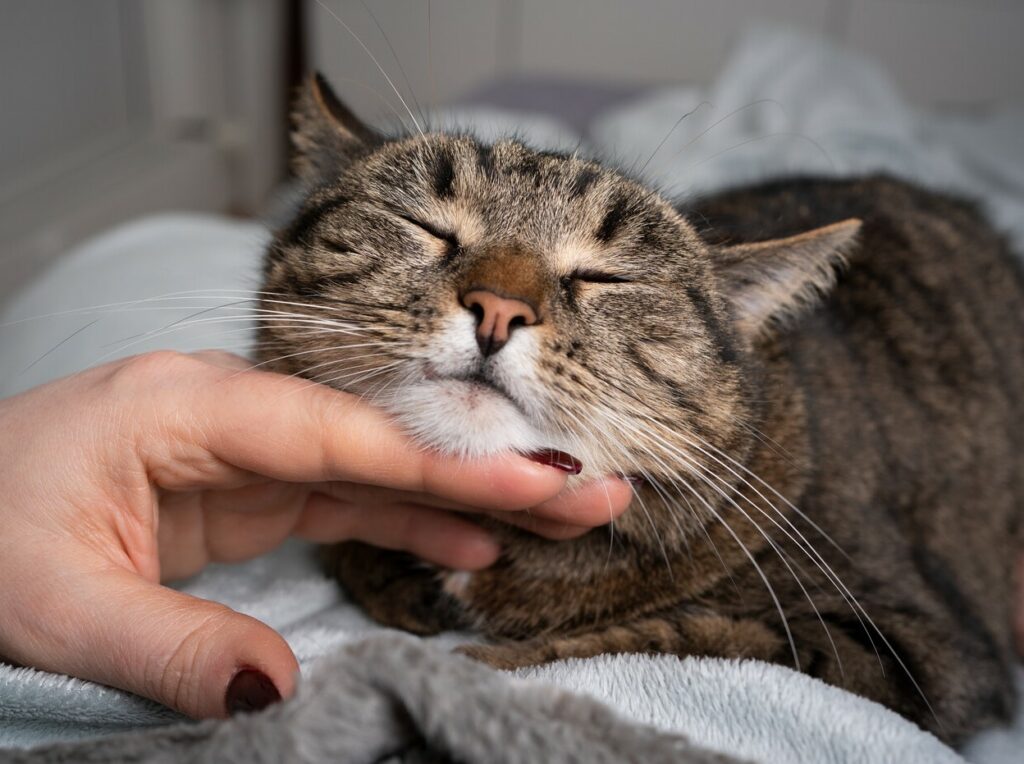
* Affection: Cats in loving moods will lower their heads and lightly tap your forehead (known asa head bonk or bunting). Some deliver soft-eyed winks to you by half-closing both eyes at once. Or, a cat may twitch the top third of his hoisted tail as he approaches his favorite person. Overall, the cat’s body is relaxed and you may even hear steady purring.
To properly respond, try giving your cat a few soft winks back and lowering your head so he can more easily do the head bonk. Speak his name in a friendly, upbeat tone and treat him to some hand scratching under his chin.
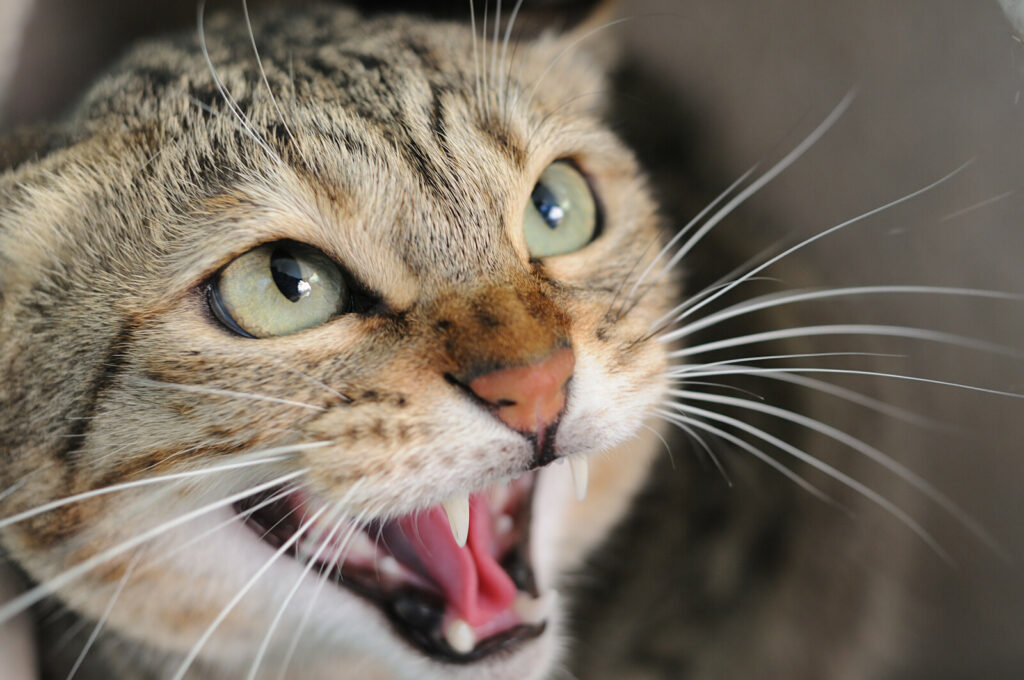
* Aggression: This mood runs the gamut from being fear-related, territorial, protective of resources, to pain-related, such as suffering from a medical condition or injury. A cat full of ire or in pain gives warning signals before biting or clawing. Look for a tensing of the muscles, lashing of the tail, flattening of the ears, skin twitching and vocalizing in a distressed tone.
To respond safely, stop petting your cat if he is on your lap and starts to show any of these signs. Stand up and walk away. If your cat bites your hand, the best way to release his bite grip is to relax your hand and move it toward his mouth. Do not attempt to yank your hand quickly away because he is apt to tighten the grip and bite deeper. That is because cats are genetically wired to do this when capturing a mouse or other prey.
Do not physically hit an aggressive cat because that may escalate this behavior and sour your relationship, making him mistrust you. Instead, redirect him with toys such as feather wants that encourage erratic movements so he can re-channel his energy on the toy.
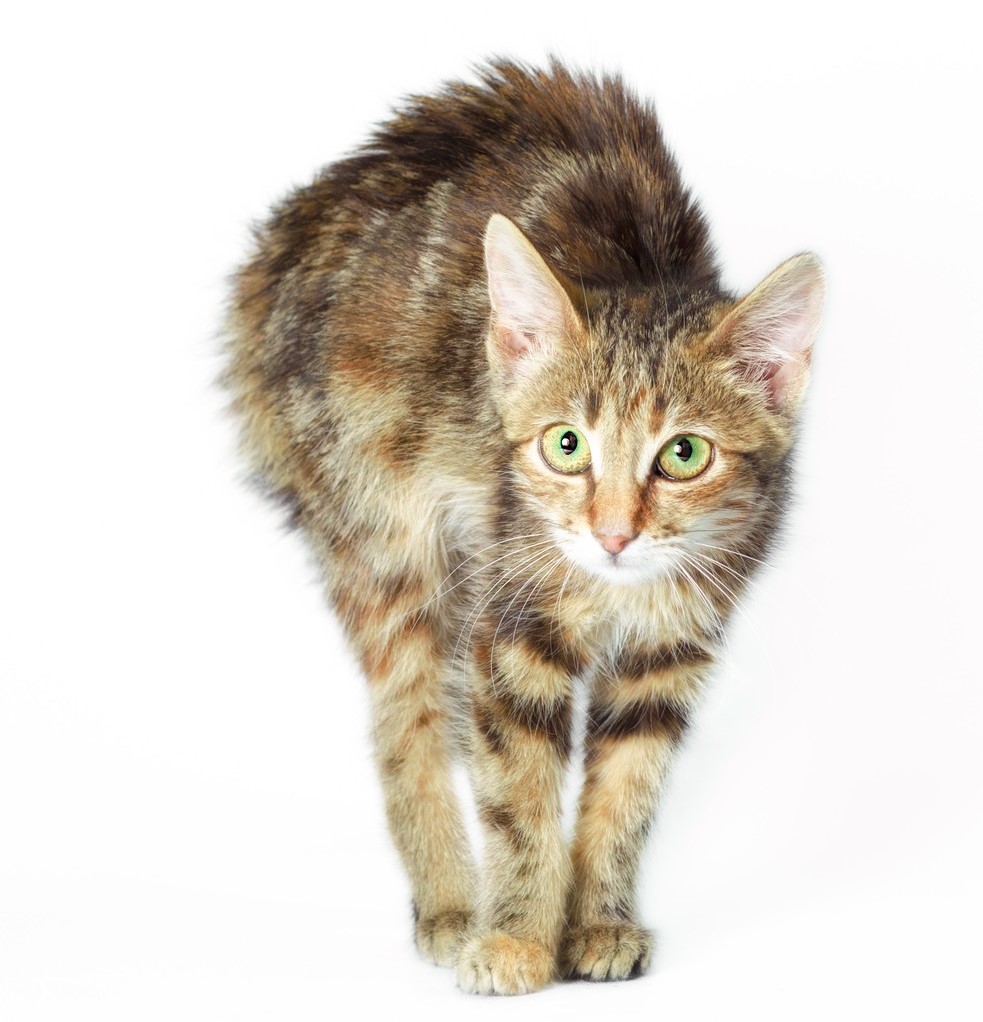
* Anxiety and stress: Anxious cats tend to hide, puff up, vocalize and hiss when they are faced with circumstances beyond their control, such as a car ride and visit to the veterinary clinic. Extremely anxious cats can suffer from inflammatory bowel disease or may try to calm themselves by excessively licking and biting their coats. Some cats can develop separation anxiety if their favorite person is gone from home for long periods of time.
When a cat is anxious, avoid talking in cooing tones or baby talk as these vocalizations may cause your cat to feel more nervous and anxious. Cultivate a safe routine by teaching him to sit and do a paw handshake and then reward him with a healthy treat and gentle affection. Provide him with a window perch so he can safely view the outside. In extreme cases, a veterinarian may prescribe anti-anxiety medications coupled with behavior modification to help your cat feel more
at ease.
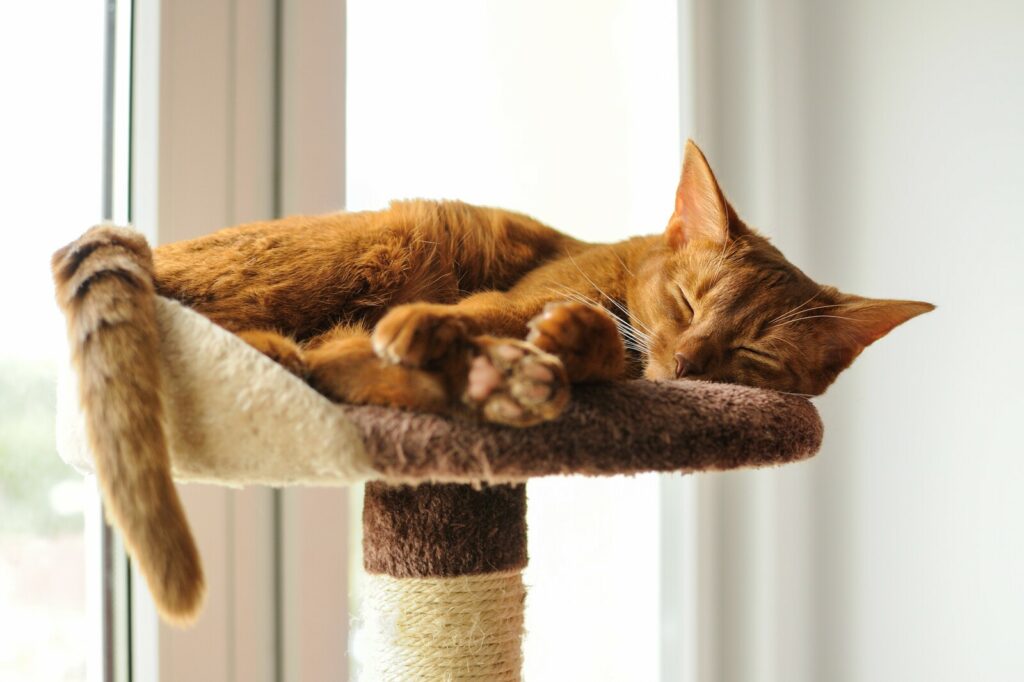
* Boredom: Under-stimulated cats will sleep a lot and may overly groom their coats or become major food beggars. The problem is that these cats lack an enriching indoor environment. Bored cats often spend long hours at home alone without cat furniture, toys or window view perches.
Unchecked, these cats can become physically depressed.
Pump up your cat’s indoors by positioning a comfy window perch in view of a bird feeder. Treat your cat to a tall and sturdy cat tree in the living room, a place where the family spends a lot of time. Offer your cat a pot containing cat grass or catnip. Spend 10 minutes at least each day playing interactive games with your cat. Rotate cat toys to keep her interest. Keep the television or radio on when you leave home so it is not too quiet for your stay-home cat.
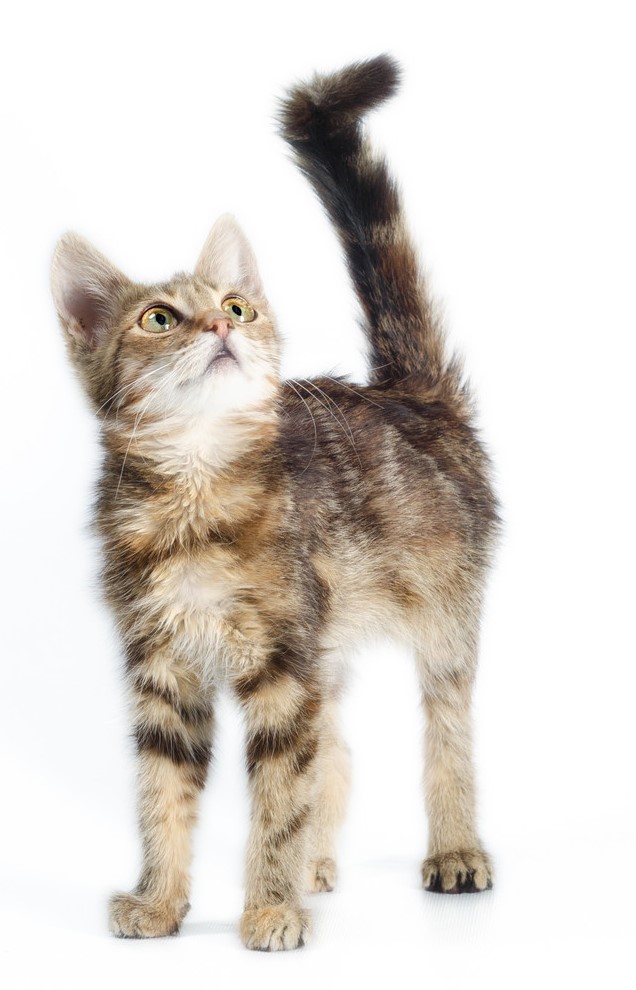
* Curiosity: Adventure-seeking cats sometimes put themselves in harm’s way in their zest to investigate their surroundings. These cats boldly explore what is around them and tap all of their senses. The saying, “curiosity killed the cat” conveys the dangers awaiting a feline who risks physical injury by being a daredevil. Regularly go room by room and pet proof your home to minimize the risk of injury toward your curious cat. Put sharp objects away, such as scissors and sewing needles. Stabilize shelves. Keep your cat out of the kitchen when you are cooking on a hot stove. Give your cat safe alternatives, such as battery-operated cat toys that feature a toy mouse spinning for them to stalk and pounce.
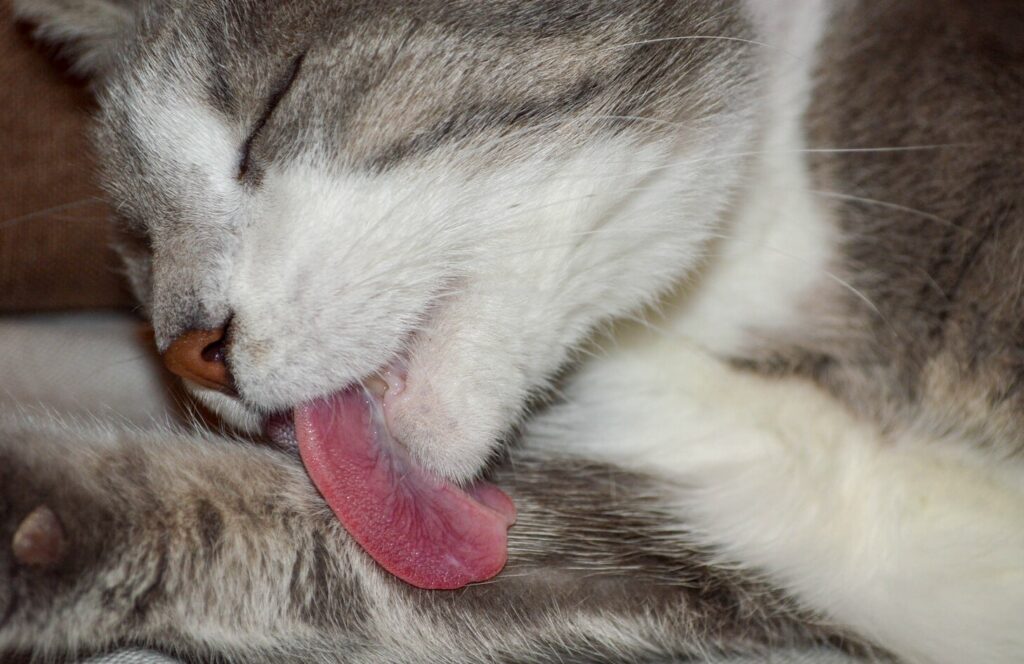
* Obsessive-Compulsion: Cats with this behavioral disorder may pace, howl repetitively, overgroom to the point of creating bald spots, repeatedly circle in attempts to catch their tails or suck on wool clothing or plastic bags. Some cats progress to a medical condition called feline hyperesthesia, characterized by rippling skin activity along the muscles on the back.
Identify causes of environmental stress in your home by going room to room. Did you relocate furniture? Welcome a new pet to the home? Try to break these bad habits by giving your cat a predictable daily routine for feeding, playing and socializing. In some cases, your veterinarian may need to prescribe behavior-modification medications.
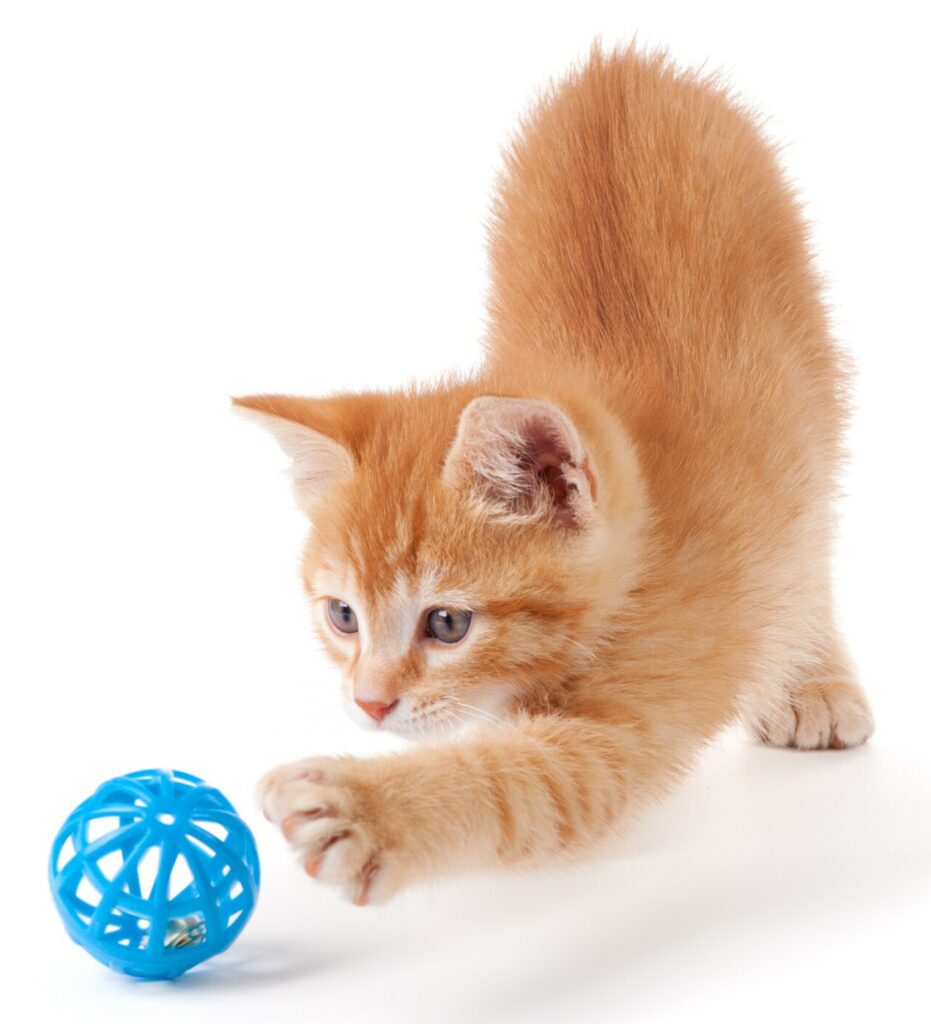
* Playfulness: Cats of all ages can maintain their playfulness. They may try to engage you by flopping on their sides and going belly up or pawing your arm or leg. Or kick off a catty conversation.
Embrace your spirited cat who regards you as a prime playmate. Read out loud from your favorite book to your cat. Teach them new tricks. Consider using clicker training and dish up lots of praise as these cats thrive on applause.
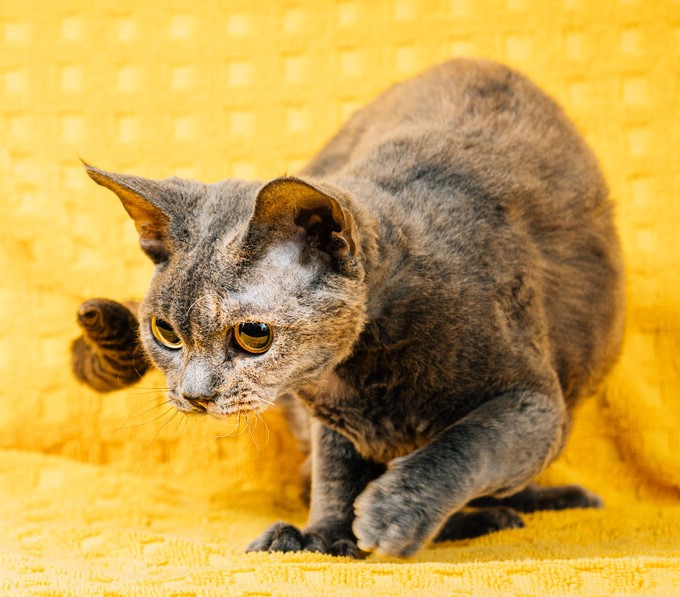
* Predatory: A hyped-up cat in hunt mode is focused on stalking, chasing and pouncing prey that can be a toy mouse or your ankles. These cats tend to wait behind furniture or around a corner for the opportunity to strike. With flattened ears, tense bodies and twitching tails, they crouch low before attacking.
Offer a suitable hunting experience by occasionally going bowl-less at mealtime and encouraging your cat to hunt for pieces of food you strategically place in a room. Treat him to battery-operated cat toys that move erratically for them to stalk and swat.
Learn more on ways to keep your cats and dogs safe by visiting http://www.propethero.com. Consider taking our veterinarian-approved online pet first aid/CPR course. Enter this code: CPR–ARDEN MOORE and receive a 10 percent discount!
And, if you are interested in becoming a Pro Pet Hero instructor, please click on the BECOME AN INSTRUCTOR button on the homepage for more details.

